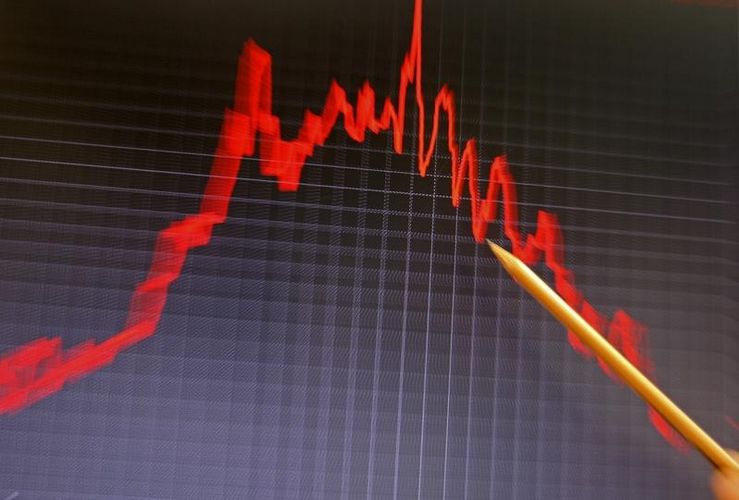Demand for protection from growing credit risks in emerging markets has increased dramatically in the past six months propelled by an apparent investor belief that the worst may still not be over for the struggling asset class.
Over US$69bn of gross notional in credit default swaps referencing the five-year Markit CDX Emerging Markets Index was traded between October and mid-April, compared with just US$30bn in the preceding six-month period, according to data from Markit.
The rapid increase in the past three months came on top of a 46% rise in such swap volumes in the whole of 2014 bringing the total notional outstanding to US$1.56trn, according to the Emerging Markets Trade Association.
“The increase in EM CDS demand highlights the deep-seated pessimism investors have regarding emerging markets right now,” said Donato Guarino, emerging market credit analyst at Barclays.
“The emerging market asset class is facing serious headwinds – everything from credit concerns to further currency depreciation – and investors have begun to position for a move in a big way.”
The primary source of demand is coming from traditional credit investors looking to hedge the risk of an EM sell-off ahead of the Federal Reserve’s planned rate hiking cycle.
The perception is that the rate hike will be negative for emerging markets – stemming primarily from memories of the taper tantrum in May 2013 when discussions of a possible tapering of Fed quantitative easing rattled markets.
Foreign exchange investors are also hedging ongoing slides in the currencies of several emerging market economies.
These investors are forced into buying sovereign CDS because there is a lack of liquidity for physically delivered foreign exchange derivatives.
The issue is a structural problem that has begun to grab investor attention as currency slides cut into credit and equity returns, according to risk advisers.
“For many small emerging market countries, and the majority of frontier market countries, their relative isolation from the global economy means a market for long-term currency forwards simply does not exist in any material size,” wrote analysts from Parametric Risk Advisors in a December study of hedging currencies in EM.
“In our experience, these barriers to effective implementation mean that nearly a third of the countries in the MSCI EM Index cannot be effectively hedged.”
Sovereign CDS acts as an efficient replacement hedge due to a high correlation with EM currencies. EM CDS has held an over 65% correlation to EM currencies over the past three months, according to analysts at Barclays.
The analysts added the correlation is generally lower, but in stressed scenarios the two move in tandem much more closely.
The Brazilian Real, South African rand, and Turkish lira have tumbled 34%, 14%, and 25% respectively against the dollar since September, highlighting the stressed scenarios that have beset some of these large EM economies.
CDS spreads on each of those sovereign issuers similarly widened over most of that period – though have rallied recently. Spreads referencing five-year Brazil CDS widened by over 140bp from October to mid-March, but have come back down from the recent 304.50bp high to 228.52bp this week.
Turkey CDS spreads widened by over 40bp, while CDS on South Africa widened by about 35bp over the same period.
This boom in demand for protection may continue as investors circling out of EM corporate bonds – where liquidity is especially thin – and into sovereigns for proxy EM exposure, could also become protection buyers, said analysts.
“Some clients are running much lower exposures in corporate credit than they have historically, and running higher exposures in sovereign credit,” said Aziz Sunderji, emerging market strategist at Barclays. “And these clients would be looking to protect themselves from EM risk through CDS.”
